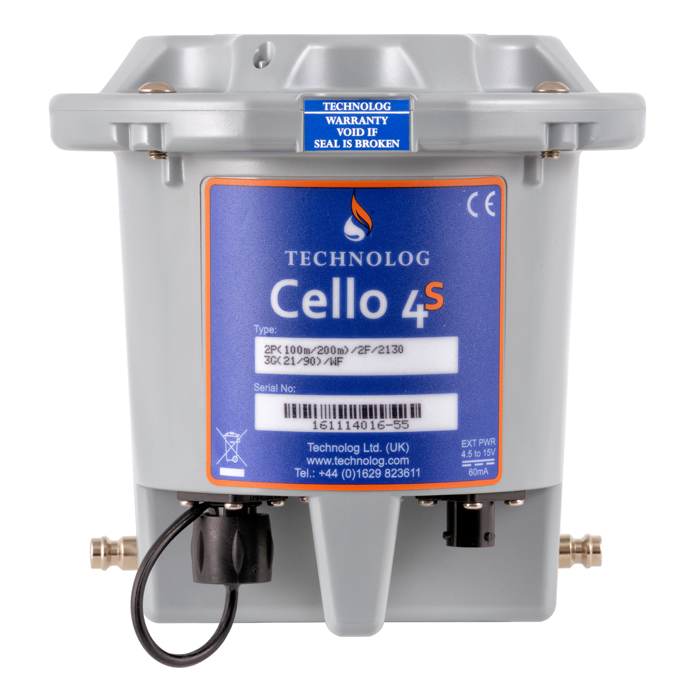Project Overview
TasWater commenced operations on 1 July 2013. It was formed through the amalgamation of the three Tasmanian Water and Sewerage Corporations: Ben Lomond Water, Cradle Mountain Water, Southern Water and their shared services firm Onstream. Between them, they manage over 208,000 water connections and 6,385km of pipeline.
Forming part of TasWater’s Non-Revenue Water (NRW) reduction Strategy, district metered areas are being established as the first phase for driving down TasWater’s NRW.
The traditional approach of TasWater to leakage control had been fairly reactive, whereby the leak is only repaired when it became visible. Non-visible leaks that did not surface were never repaired and thus continued to lose water. Over time this can be a substantial volume and since such leaks are hidden from view it was not possible to reliably know or estimate the number of leaks in the network.
The solution for TasWater was to create a permanent leakage control system whereby the network is divided into District Metered Areas (DMAs), supplied by a limited number of key mains, on which flow meters are installed.
In this way it is possible to regularly quantify the leakage level in each DMA so that the leakage location activity is always directed to the worst parts of the network.
A Cello 4s NB-IOT data logger was installed as the preferred communications technology on the first DMA meter installation to monitor flow and pressure. All subsequent DMA meter installations will include the Cello4s.
Key Elements
- Requirement for continuous reduction of NRW by active leakage control
- Remote monitoring of night flows
- Need for a regional characterised demand curve, particularly at night
- Necessity for a shortened cycle of leakage detection and location
Key Outcomes
- Reduced wastage of water through leakage repairs
- Automated notification of likely burst pipes or worsening NRW
- Remote diagnosis of potential leakages
- Potential district isolation and better management in case of any water contamination events
- Reduced maintenance and repair costs
